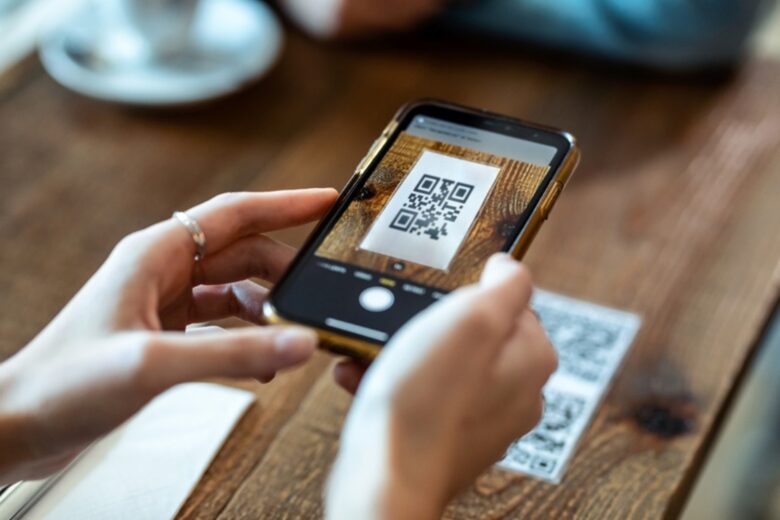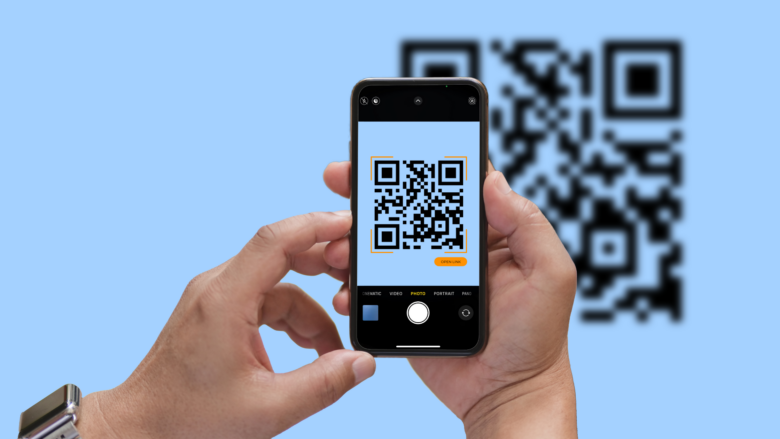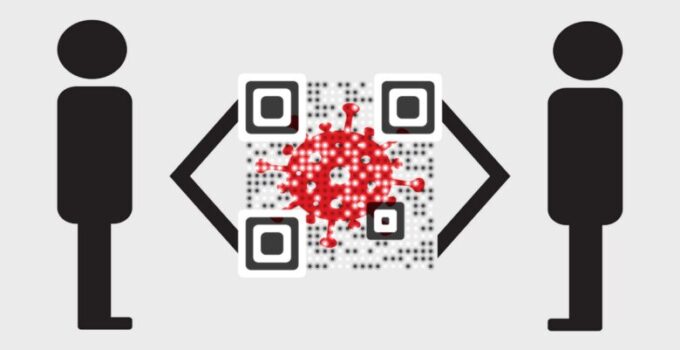These days, you will see QR codes on practically every product. It became a standard to process the products we purchase every day. But it was not so common until the recent global pandemic of COVID-19 was ongoing. During this period, QR became attached to practically everything. You will not find them only on products in shops but also on menus in restaurants to subway station ads. So, they are here to stay.
Some even describe them as business cards of a new age. But think about it, QR codes encompass everything you should know about a certain product, the price, characteristics, and many other things. On the practical side of things, they are easy to produce, accessible, and easy to process. All these characteristics show us that they are here to stay for quite a long time, as we’ve already said.
Even though using these is simple on the surface, the procedure is much more complex than it seems. Another thing we want to point out is that even though QR codes are safe, there is a possibility of them being hacked. So today, we want to discuss the best practices to help you secure the scanning process.
Using Trusted Software

Source: barcoding.co.uk
Today, all smartphones have QR code readers as one of the main in-built functions. If you have a phone that does not have these, you can easily download it and use it for your benefit. We are discussing a feature that will simplify the numerous processes. For instance, you can scan the QR code and access the Wi-Fi without inserting a password.
According to ExpressVPN, because of the popularity of QR codes, the number of scans is expected to increase by 19% by 2025. But, before you are ready to use them, you should conduct research.
What do we mean when we say this? We mean you should get this feature only from trusted software. Unfortunately, since these have become so widespread, many scammers have entered this, let us say, market. Using these mostly refers to personal data share or monetary transactions. With this in mind, you must be as careful as possible when choosing the right one. So, aim only at trusted software.
Thankfully, there are numerous sources online you can consult on this subject. Furthermore, it would be a good move to consult someone with experience using these. In addition, we recommend you read online reviews on each software. Doing so lets you know what you can expect from the software. Sometimes, this research might last longer than you initially thought.
Data Security and User Privacy

Source: digileaders.com
Whenever we use some software or tool, we must share personal data. With this in mind, our data must be protected from misuse. Companies invest significant money in this aspect annually. Furthermore, technology progresses daily, so following these trends is extremely important. Otherwise, providing much-needed safety to the tool’s users is impossible. Therefore, data security and user privacy become a top priority in this case.
That’s why the users should look for the necessary credentials. As we mentioned, asking someone you know about their service is a good option. Still, we want to say that checking it out independently will give you a much clearer image. Before you decide on a particular service, you should check their credentials. Thankfully, service providers are transparent about credentials.
There are two main credentials we are talking about. The first one is known as GDPR. It suggests that the data will be protected and the user’s privacy ensured. Another one is known under a code, ISO 27001:2013. Finally, we are talking about the document issued in the European Union, which provides the sense of privacy ensured by the service issuer. Looking for both of these is crucial.
Share Data Only When Needed

Source: cxotoday.com
Sharing sensitive data is needed in most cases. Still, there are moments when this is not required. What do we mean by this? For example, some companies use QR codes but will not require you to share any information about yourself. Instead, they will look solely for a way to receive the payment you have sent. By doing so, you can keep your identity a secret as this may help.
But in most cases, companies that do not require sharing personal data will not say it bluntly. So, instead, the end user will have two options: to share and not to share them. This is the right way to go whenever you have the opportunity not to share the information but still receive the service.
Avoid Phishing

Source: theloopmarketing.com
We mentioned that there is much room for swindles while using QR codes. Therefore, it is important to find a way to avoid these problems. First, however, we want to point out that there are situations when the users will have no idea about the potential fraud. Just think about it; scammers may replace the QR code on a website or in public places. So, the money you want to send to a company will end up elsewhere.
You will agree that there is no way for you to know if this has happened. Therefore, it is extremely important to read about other people’s experiences with the company in question. If you come across information about someone else experiencing the same, you should not conduct business with the company. It’s not the company’s fault, but they cannot protect their customers.
If something changes, we believe the company will inform its customers that their QR code is safe. Still, it is extremely important to say that this damages the company’s reputation. Therefore, the chances of all the customers returning are slim. Therefore, these problems should be avoided at the beginning. Otherwise, the customers will be hesitant to conduct business in the future.
In Conclusion
QR technology is so widespread these days. You can find it in practically anything out there. That is why it is crucial to protect yourself from all the potential dangers that might pop up. Believe us, they are quite common. Here, you can find some tips that will help you do just that. We are certain you will find this insight to be helpful.




